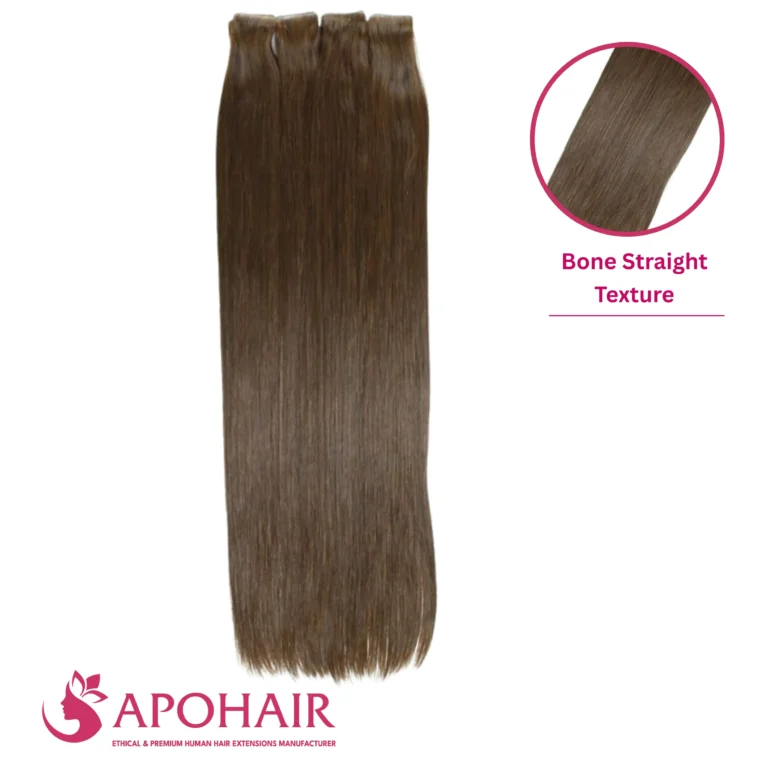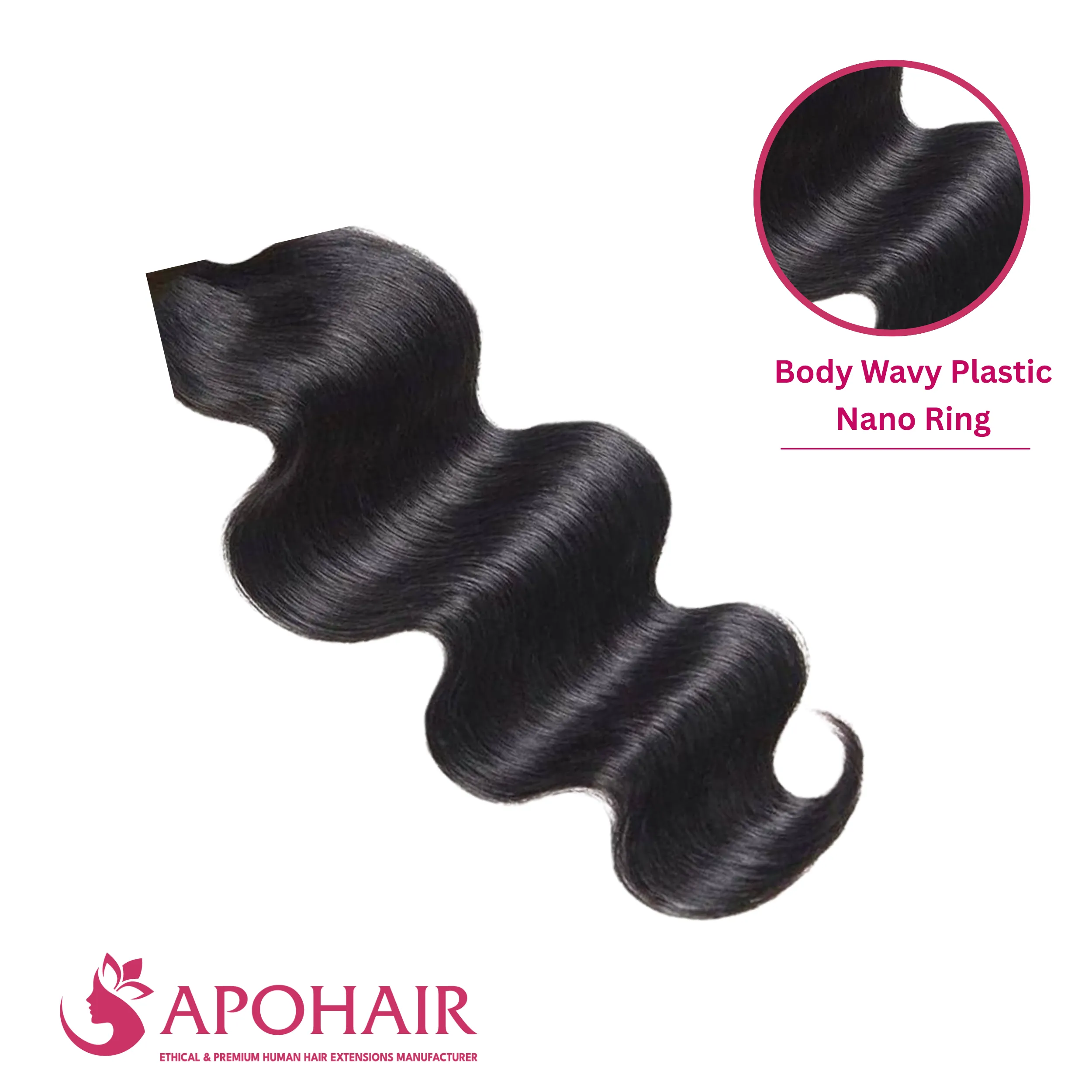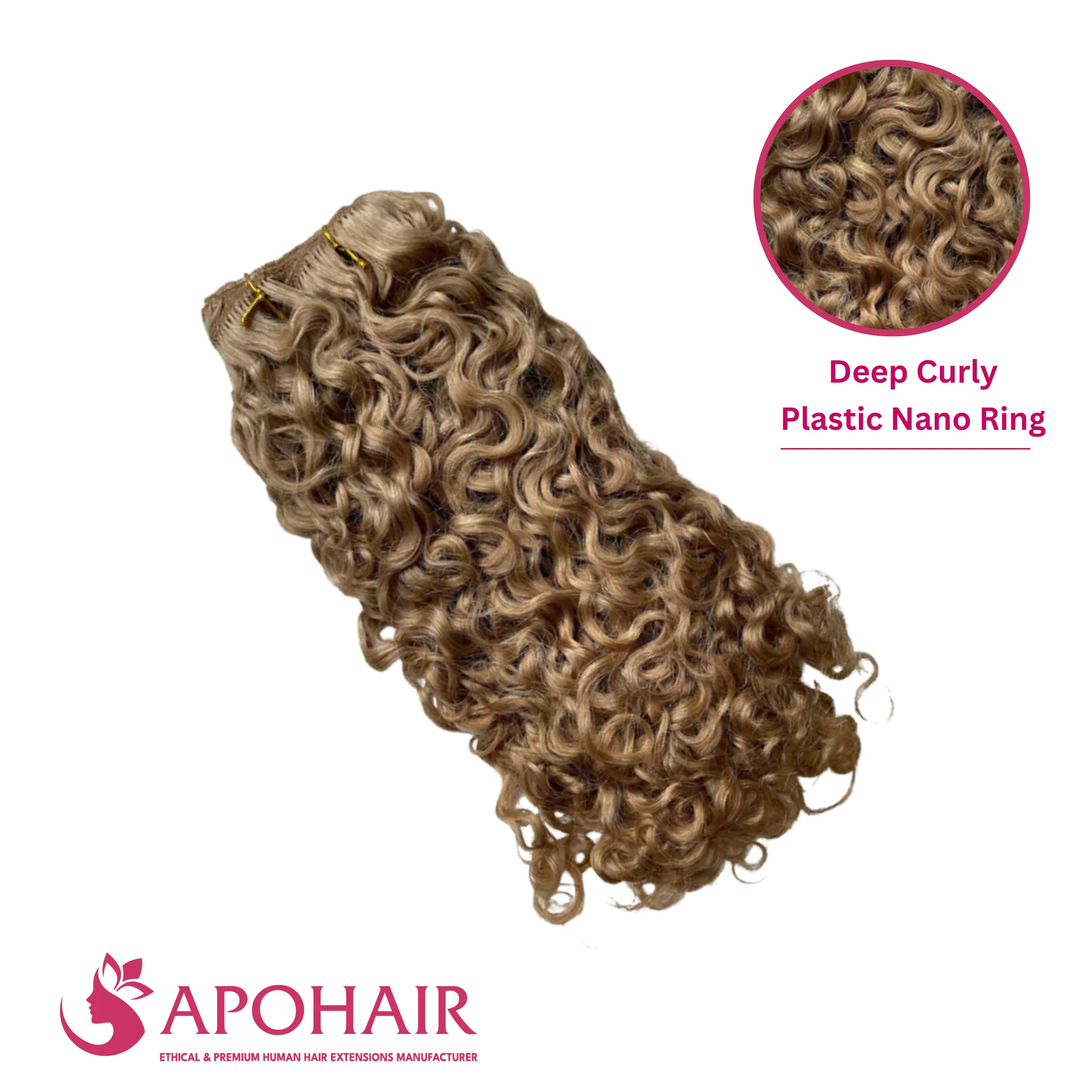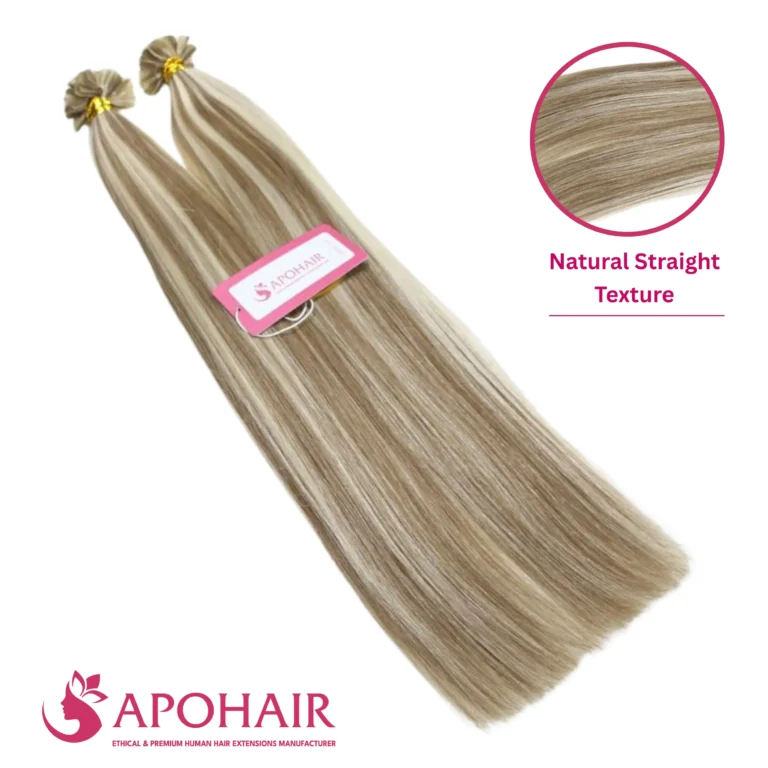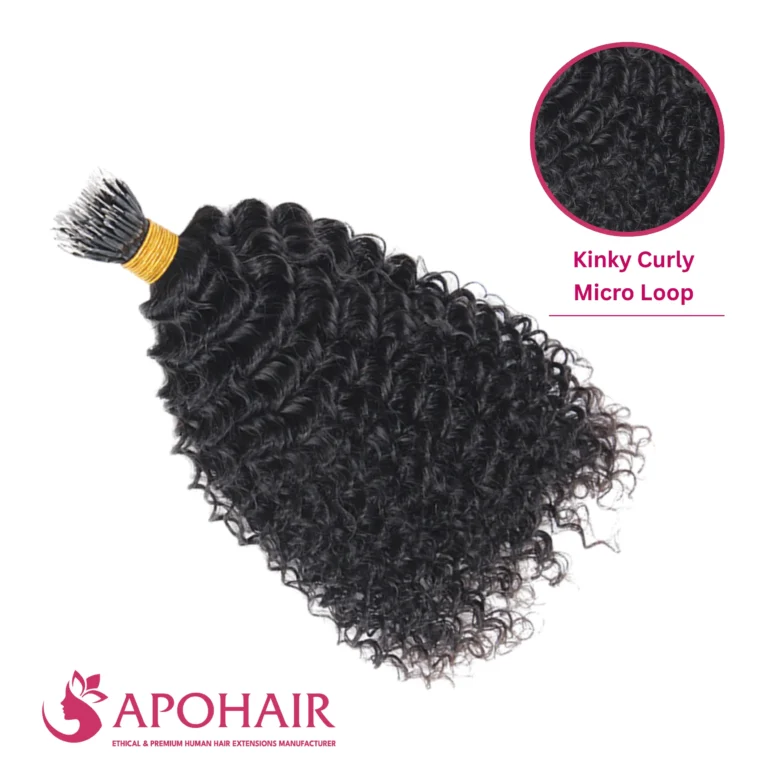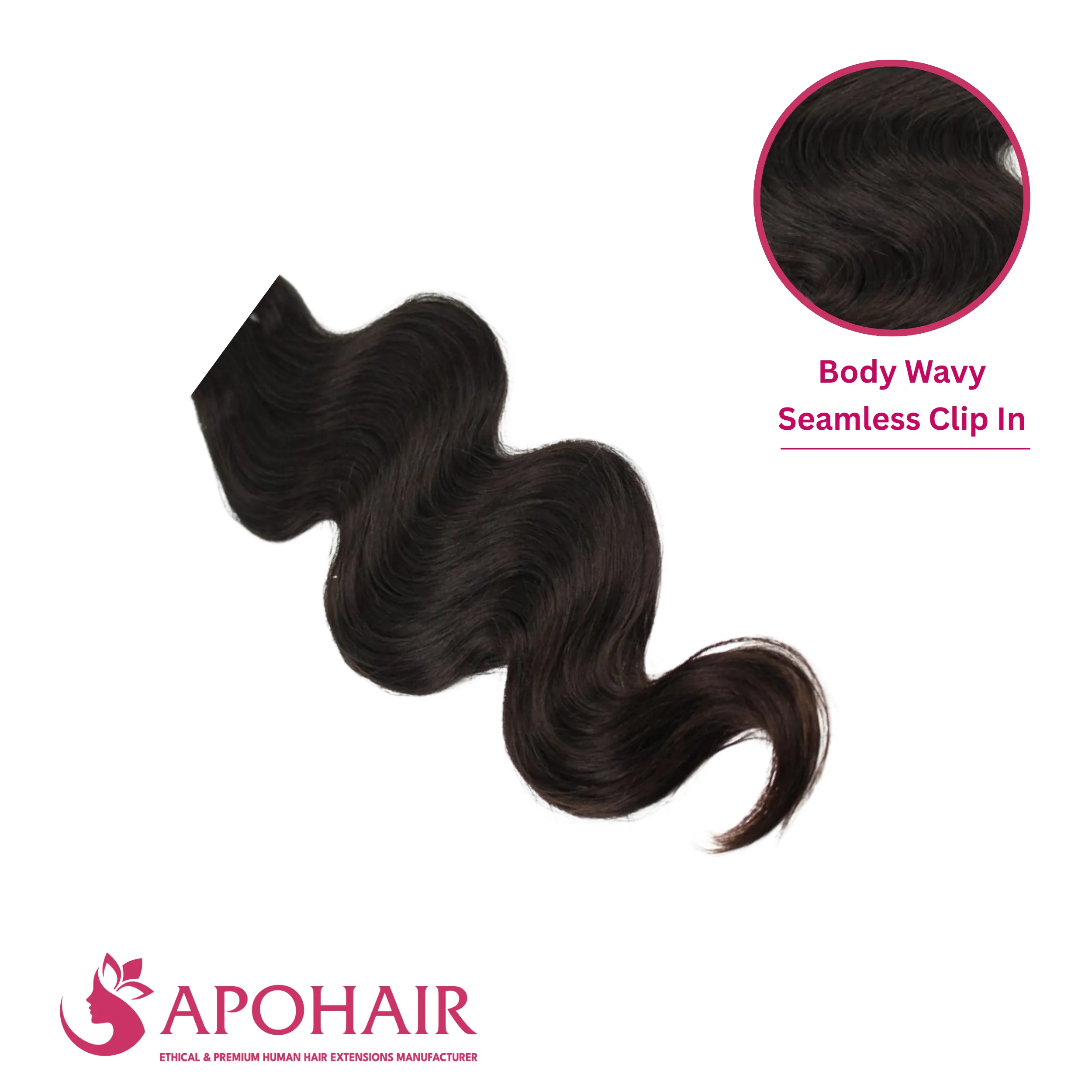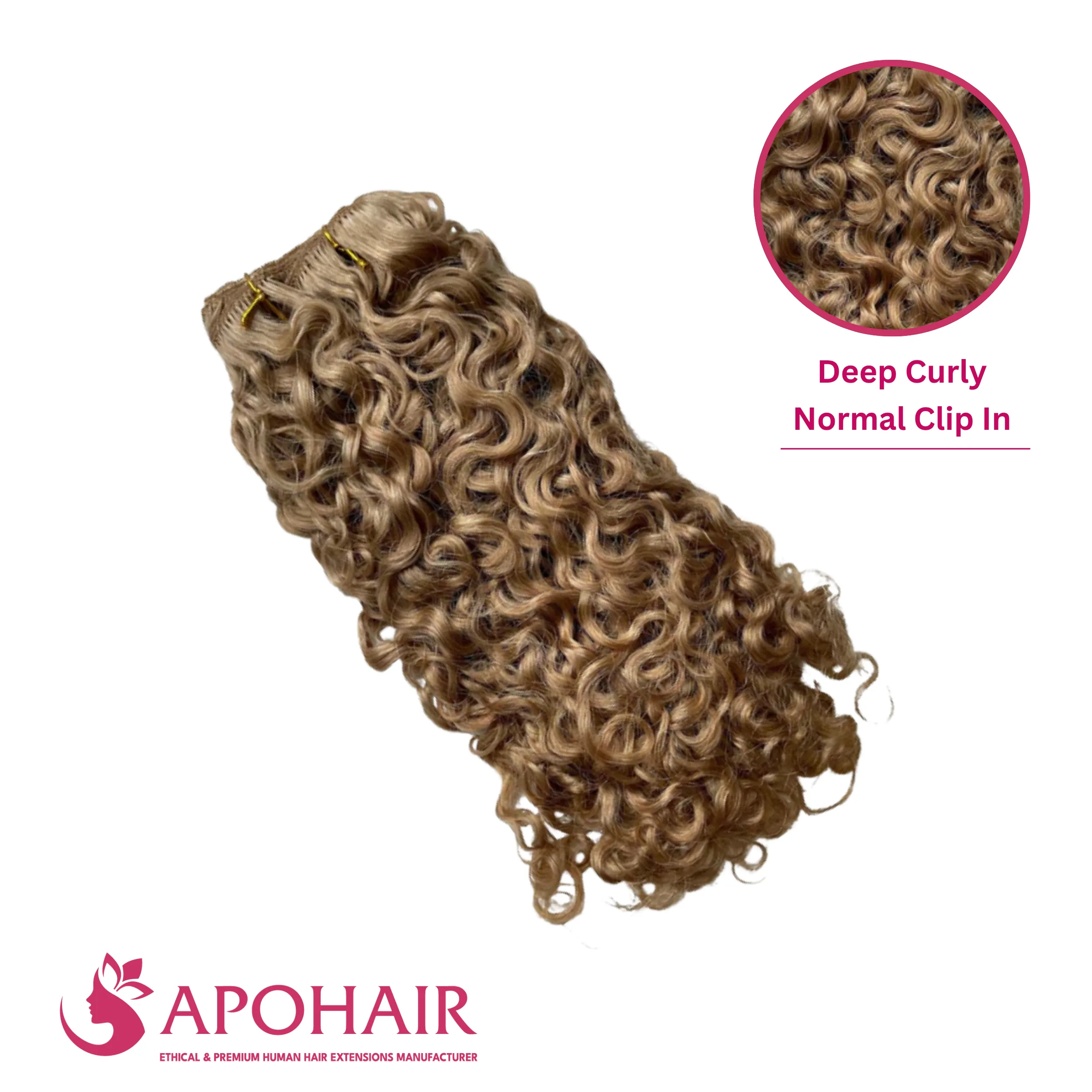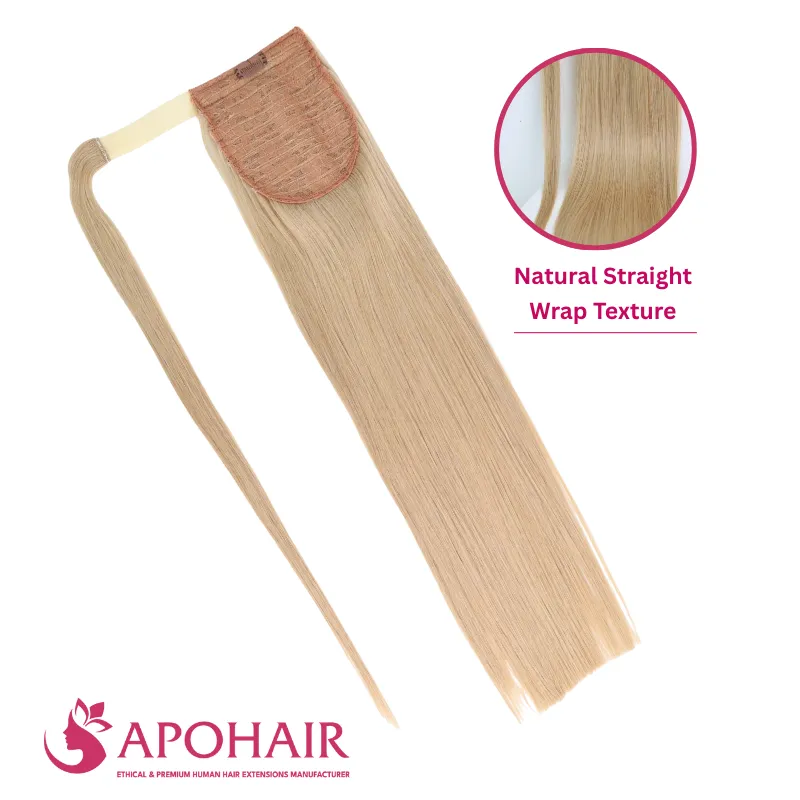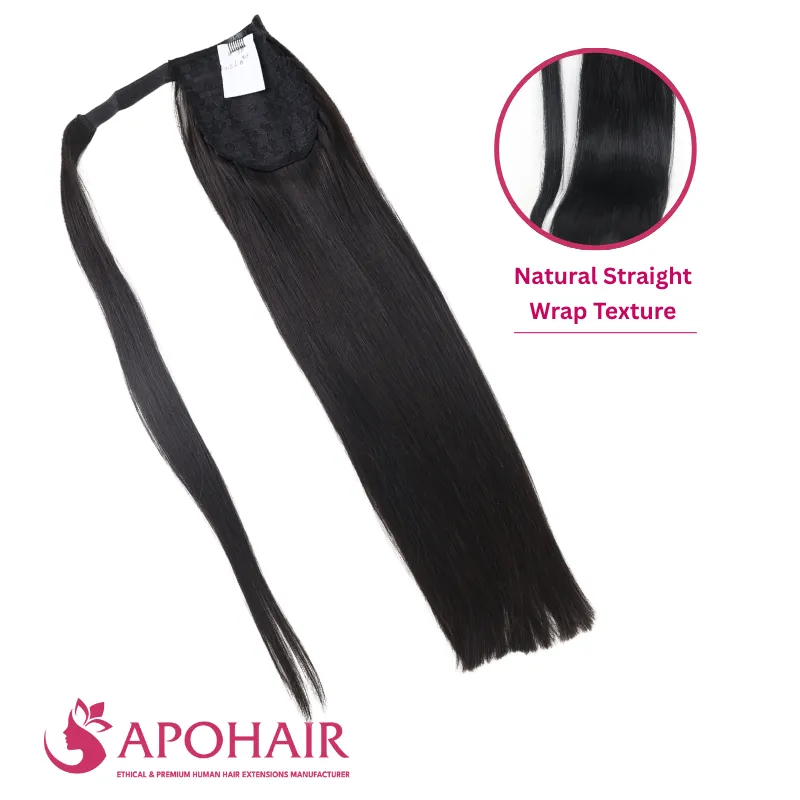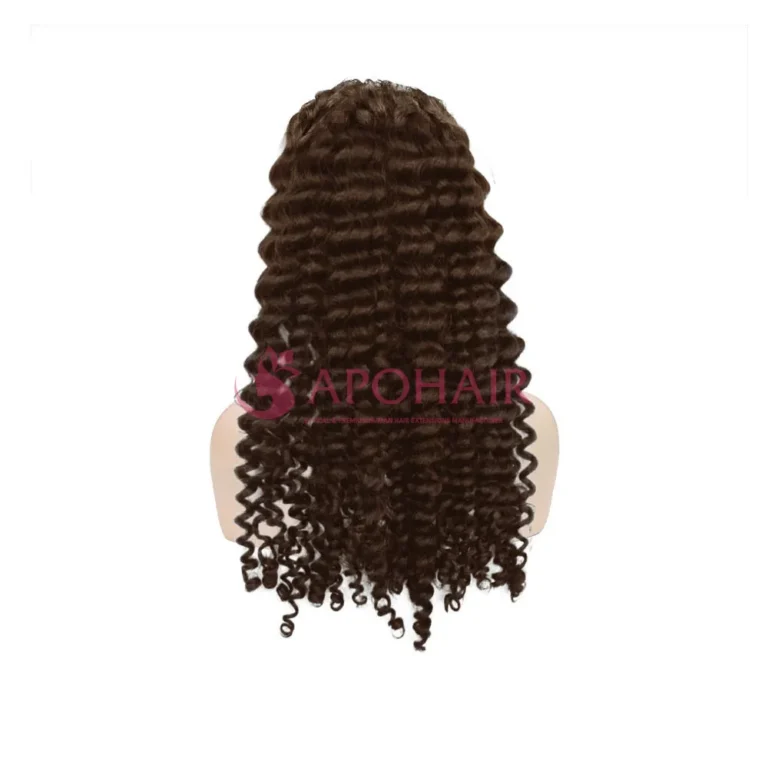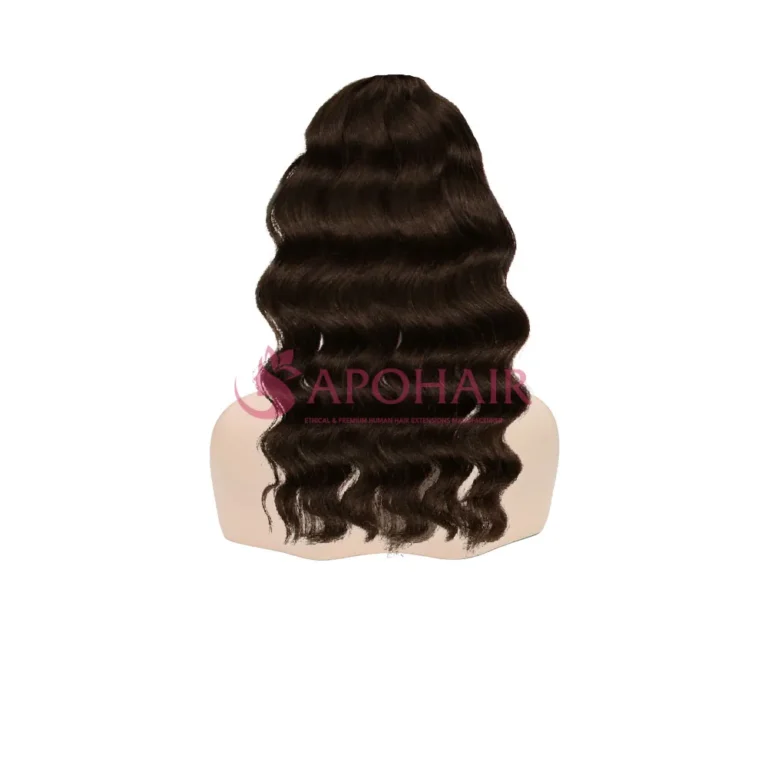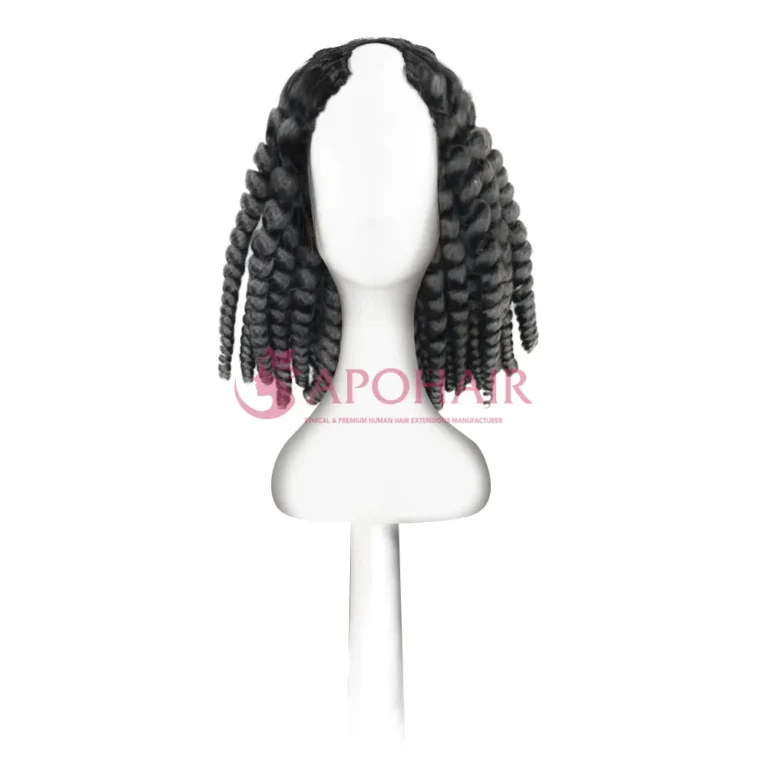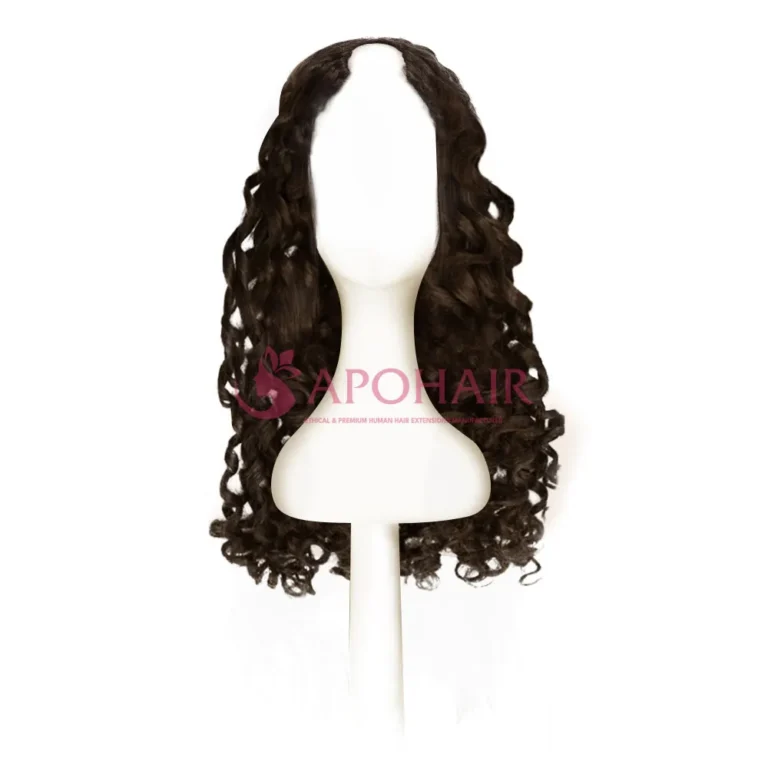How To Secure A Wig: 5 Practical Ways To Keep Your Wig Stay In Place
Wigs are an amazing way to express style, add volume, or protect natural hair. But a wig is only as good as its secure fit. A poorly secured wig can lead to discomfort, slippage, and even damage to your natural hair. No matter the reason, making sure it stays placed is crucial for the wearers. This guide covers all the latest methods on how to secure a wig, along with their pros, cons, and expert usage tips to keep your wig in place for a confident and long-lasting look on all occasions.
Method 1: Wig Grip Bands
Wig grip bands have become a popular way to secure a wig without the fuss of glue or tape. These bands are made from a soft, silky material and feel like a gentle hug around your head, keeping your wig in place all day. With a wig grip band, you won’t have to worry about slippage or constant adjustments throughout the day. It’s one of the easiest and most comfortable ways to secure your wig.
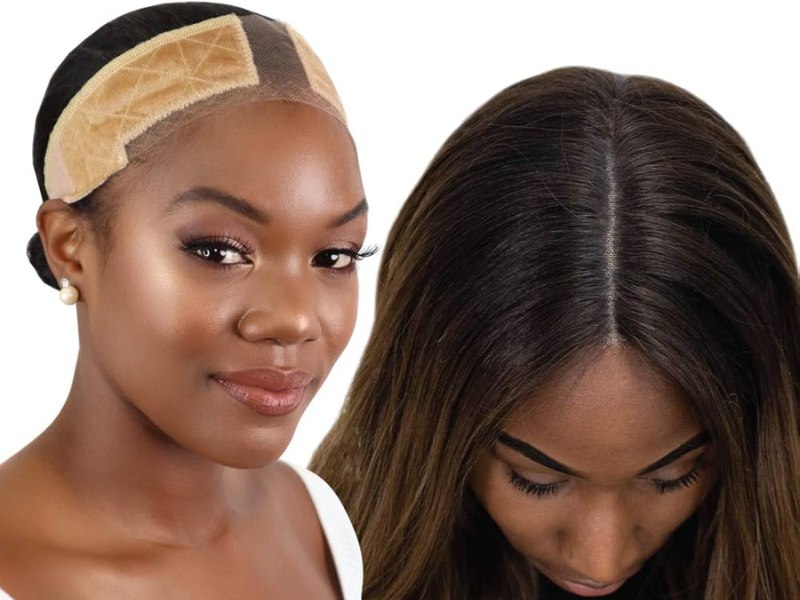
Usage
- Position the Band: Wrap the band around your head, lining it up with your natural hairline.
- Grip Direction: Make sure the side with the silky texture is facing downwards—this side sticks best to your head.
- Add the Wig: Once your wig grip band is in place, slip on your wig, adjusting as needed for a perfect fit.
- Secure and Style: Gently press down around the border to ensure a firm hold. Style as desired.
Pros
- No glue or tape is needed, so no mess or sticky residue!
- Easy to pop on and take off, making it perfect for daily wear.
- Super gentle on your hairline and edges, so you can say goodbye to wig discomfort.
Cons
- In very hot weather, you might find that the band slips a little if you’re sweating a lot.
- For those with short or fine hair, the band may not be quite as secure.
Method 2: Wig Tape
Wig tape is an adhesive superstar for those looking for a longer-lasting hold. It’s clear, discreet, and can last all day or even longer, depending on the brand you use. If you’re planning a full day of activities and want absolute confidence in your wig’s stability, wig tape is a solid option for how to secure a wig effectively.
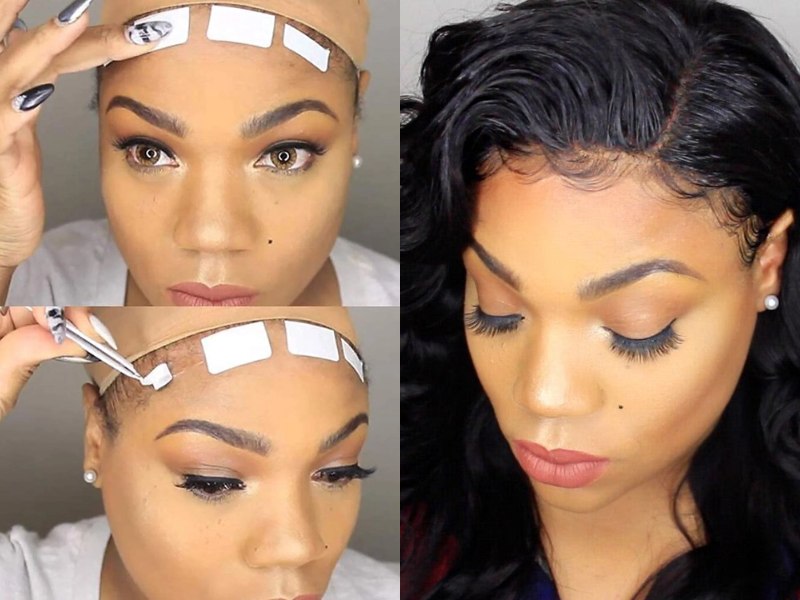
Usage
- Prep Your Skin and Wig Cap: Start with a clean, dry scalp to help the tape adhere better. You can apply a skin protector if you have sensitive skin.
- Apply Tape to Cap: Cut small pieces of wig tape and stick them to the edges of your wig cap.
- Secure Wig: Press your wig onto the taped areas, starting at the front and working your way around for a secure fit.
Pros
- Wig tape provides a long-lasting hold that’s great for active days.
- Many wig tapes are water-resistant, making them ideal if you’re heading somewhere humid or even lightly swimming.
Cons
- Be gentle when taking off your wig to avoid pulling or damaging the wig fibers.
- If you have sensitive skin, test the tape first to make sure it won’t cause irritation.
Method 3: Wig Adhesive (Glue)
For special events or extended wear, wig glue is a fantastic choice. When applied correctly, glue provides maximum hold and makes your wig feel like a second scalp! It’s perfect for times when you need your wig to stay perfectly in place for hours on end.
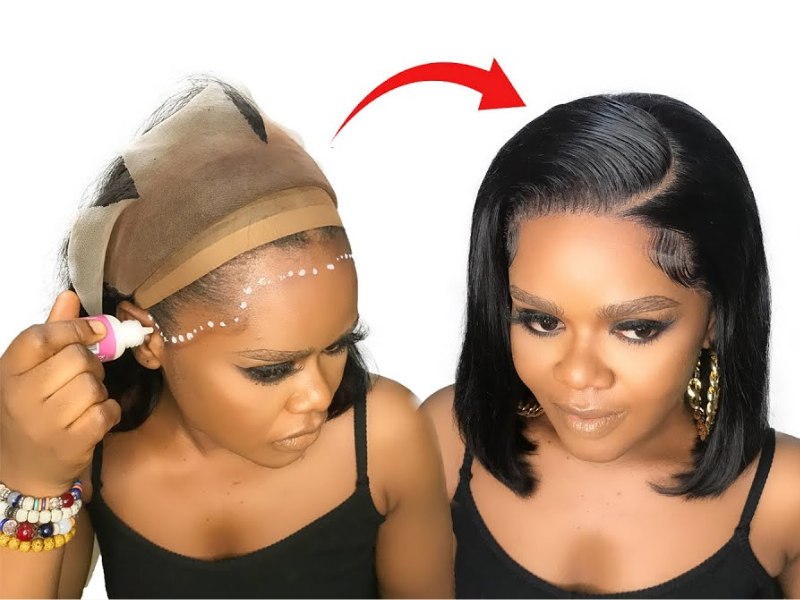
Usage
- Prep Your Skin: Start with a clean and dry hairline. If you have sensitive skin, apply a skin protector or primer along your hairline before applying glue.
- Apply Glue Along Hairline: Spread a thin layer of glue just below your hairline. You can use a small brush or the applicator that comes with your glue, for easier.
- Wait for Tacky Consistency: Let the glue get slightly tacky—usually a few minutes—then press the wig down for a secure fit. Starting at the front hairline and then pressing down along the sides and back
Pros
- Glue offers the strongest hold, perfect for events or long days.
- Many wig adhesives are sweat-proof, making them ideal for summer events or dancing.
Cons
- Applying glue and waiting for it to set can take some time, so it’s not ideal for daily wear.
- To protect your natural hairline, be gentle when removing glued wigs.
Method 4: Wig Clips and Combs
Wig clips and combs are classics for how to secure a wig without any adhesives. They’re sewn directly into the wig and clip into your natural hair, creating a secure hold that’s easy to adjust. This method is perfect if you’re looking for something quick and non-messy.
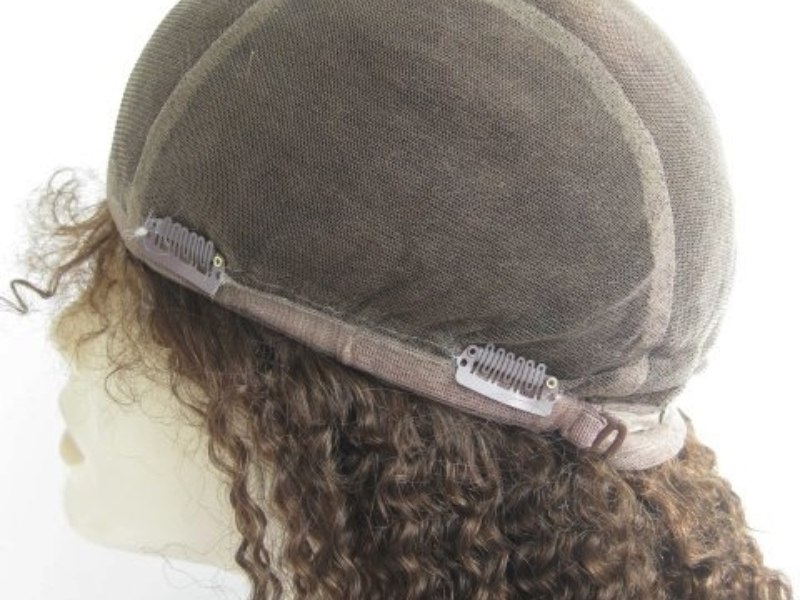
Usage
- Position the Wig: Place the wig on your head, aligning it with your natural hairline.
- Attach Clips to Hair: Locate the clips sewn inside the wig cap. Starting at the front, gently clip the wig’s combs into your natural hair for a secure hold. Move to the sides and nape of the neck, clipping in each section.
- Adjust as Needed: Make sure the wig feels secure without being too tight. Adjust the wig if necessary, and style it as desired.
Pros
- Great if you want to avoid glue or tape.
- Fast to put on and take off, perfect for daily use.
Cons
- Clips may pull slightly on your hair, which can become uncomfortable if worn all day.
- If you’re highly active, wig clips may not provide as tight of a hold.
Method 5: Elastic Band Method
The elastic band method is an amazing way to secure a wig that offers a cozy fit without the need for adhesive. This newer technique involves sewing an elastic band inside the wig cap, making it feel snug yet lightweight. It’s a fantastic option if you want an everyday go-to solution on how to secure a wig.
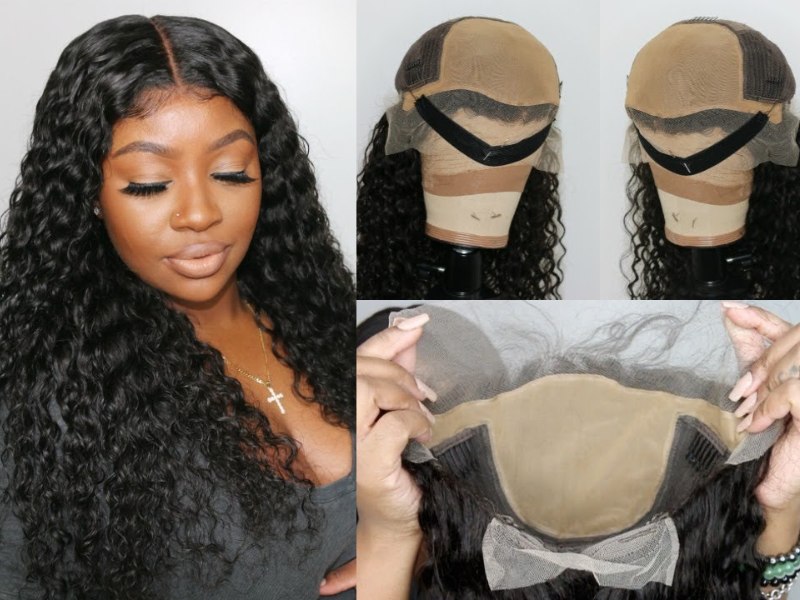
Usage
- Measure Elastic Band: Measure a strip of elastic that will fit snugly around the back of your head. You want the band to be tight enough to hold but not too tight to cause discomfort.
- Sew Band into Wig: Attach each end of the elastic band to the ear tabs on either side of your wig. Make sure the band is secure, as it will help anchor the wig.
- Slip On Wig: The elastic band will naturally hold the wig in place once it’s on.
Pros
- With no glue or tape, this method feels like a natural hold.
- It’s easy to put on and remove, ideal for regular wig wearers.
Cons
- Sewing the elastic band might take a bit of patience and sewing skills.
- For very high activity levels, you may want to combine this with another method for extra hold.
Conclusion
Securing a wig doesn’t have to be challenging. With these diverse methods on how to secure a wig, you’re set to find the best solution for your lifestyle and comfort. From wig grips and adhesive options to clips and elastic bands, you have a variety of ways to feel confident and worry-free. Whichever you choose, securing your wig can make a world of difference in confidence and comfort!
For high-quality wig hair, consider a Vietnam hair supplier like Apohair, known for providing some of the best natural hair extensions and wigs worldwide. Vietnamese hair is celebrated for its durability and natural appearance, making it a top choice in wig-making globally.


